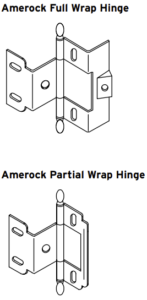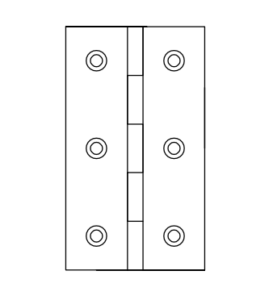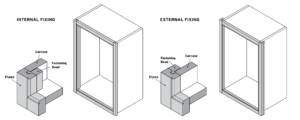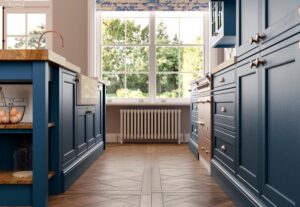Inframe, In-Frame, In Frame Kitchen – What is it and is it worth it?
12th August 2023
In-Frame Kitchens: Exploring Features and Considerations
The orthography of “In-frame” kitchens can vary among manufacturers, but for clarity, we’ll use the hyphenated form. An In-frame kitchen refers to cabinet doors that are set within a frame structure, as opposed to “lay on” doors that rest on the cabinet front. This distinction not only impacts the aesthetics but also affects functionality and design options. If I may elaborate:
In-Frame: A Closer Look
In-frame kitchen doors are positioned within a surrounding frame, which is affixed to the cabinet using either internal or external brackets. The door attaches to the frame through butt/ Amerock hinges or German kitchen hinges, the latter offering integrated soft-close mechanisms and adjustment capabilities. This adjustment feature proves beneficial for ongoing maintenance and ensures a longer-lasting functional appeal.
The lay-on doors lack the integrated frame and hinges, setting them apart from the more intricate In-frame design. While both options have their merits, the In-Frame concept offers a distinct visual charm and can enhance the overall character of a kitchen space.
Hinges and Durability: Butt Hinges vs. German Hinges


In-frame kitchens commonly employ two types of hinges: Butt/ Amerock hinges and German hinges. Butt/ Amerock hinges are known for their sturdiness, yet over time, they may experience a slight drop due to usage and gravitational forces. In contrast, German hinges shine with their adjustment capabilities and integrated soft-close mechanism. While they may not have the same aesthetic appeal as butt/ Amerock hinges, their functionality and ease of maintenance often make them the preferred choice.
Using these, there is also a consideration for the fact magnets and catches/ rest are needed for the door to close on. The rest will also be needed when using the German hinges, although it isn’t a necessity; but I’d recommend it.
Cabinet Access and Capacity
The positioning of the frame affects the internal space within the cabinets. When the frame is fitted on the inside using brackets, a lip is created around the cabinet’s interior. This can necessitate lifting items over/ around this lip, potentially limiting accessibility and giving the opportunity to damage the frame. An alternative approach involves fixing the frame externally, which may require sacrificing as much as 14.63% of the cabinet’s storage capacity. Moreover, drawers may need to be narrower to align with the fascia between the frame, further impacting storage efficiency.

Integrated Appliances and Design Alignment
Integrating appliances like fridges, dishwashers, and washing machines within an In-Frame kitchen presents design challenges. The dimensions of appliance doors will result in a slightly “out of line” appearance. This discrepancy can be accepted or mitigated by designing all cabinet doors to match the size of the appliance door. This issue extends to other integrated elements such as pull-out bins and storage units. For example – a 720X600 cabinet door; appliance size equivalent 715X597mm.
Frame Construction: Material Considerations
The choice of material for the frame is pivotal in ensuring the longevity and quality of an In-frame kitchen. While some companies opt for tulipwood frames, there’s a compelling argument for using steamed beech due to its durability. Steamed beech frames are better equipped to handle the stress of affixing hinges and enduring daily usage. A softer timber like tulipwood might be more prone to damage in such scenarios.
In Stockport and around the Cheshire area, we retail furniture from Novelle, who handmake their doors and use premium materials. Whilst not being the cheaper option, this gives us the confidence that our clients are getting the best we can source and we can relax that they have a high-quality kitchen to match the finish. Lots of products look good at first and you’ll fail to see the difference, but the longevity of the product shows its true quality.
Is the Investment Justified?
Considering the factors discussed above, the question arises: Is an In-frame kitchen worth the additional investment? Opinions may vary, but some argue that the appeal of In-frame kitchens has diminished over time, with alternatives now providing similar design effects without the associated challenges. The emergence of the “lay on” In-frame effect, pioneered by companies like Stori, offers a compromise. This design approach blends the visual charm of an In-frame aesthetic with the convenience and practicality of contemporary design, providing flexibility without the potential pitfalls.

In summary, In-frame kitchens offer a unique and traditional charm, but they come with considerations related to construction, functionality, and integration. The evolving market has introduced innovative solutions that allow for In-frame-like design effects while addressing some of the historical limitations. You’d argue this picture is a real In-frame, but it isn’t (Winslow Parisian Blue).
Written by Richard Williamson.
